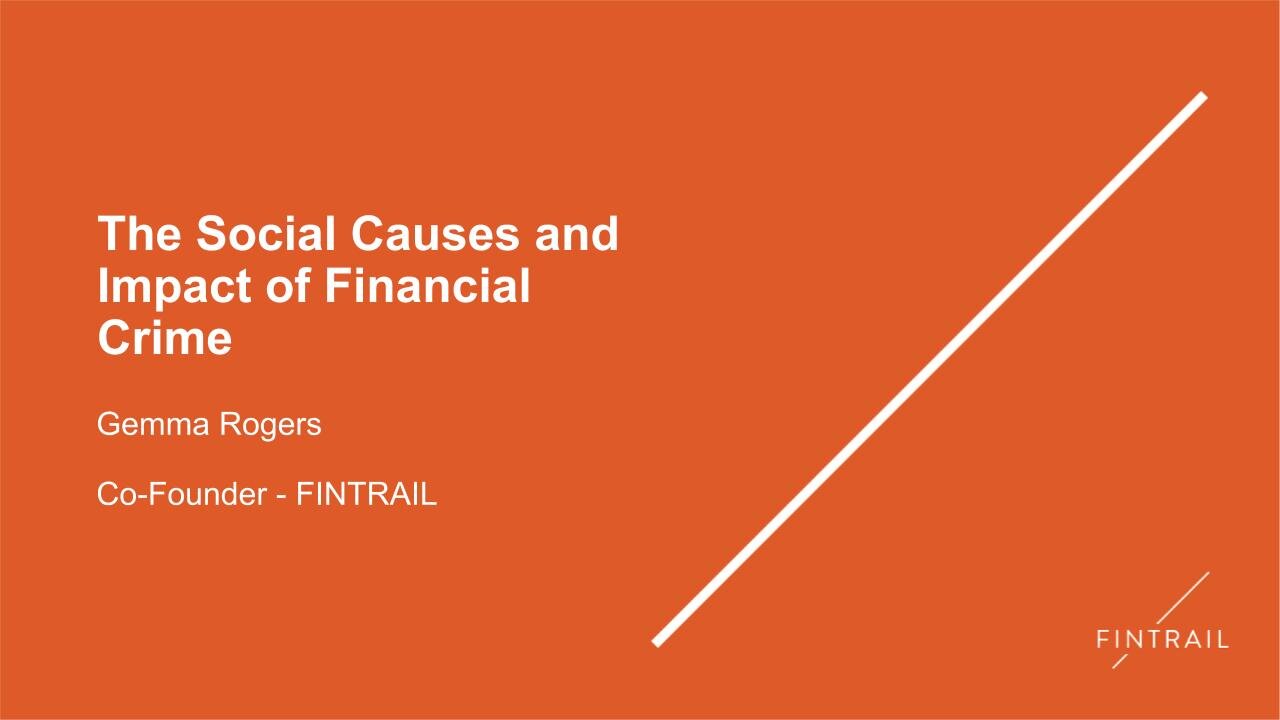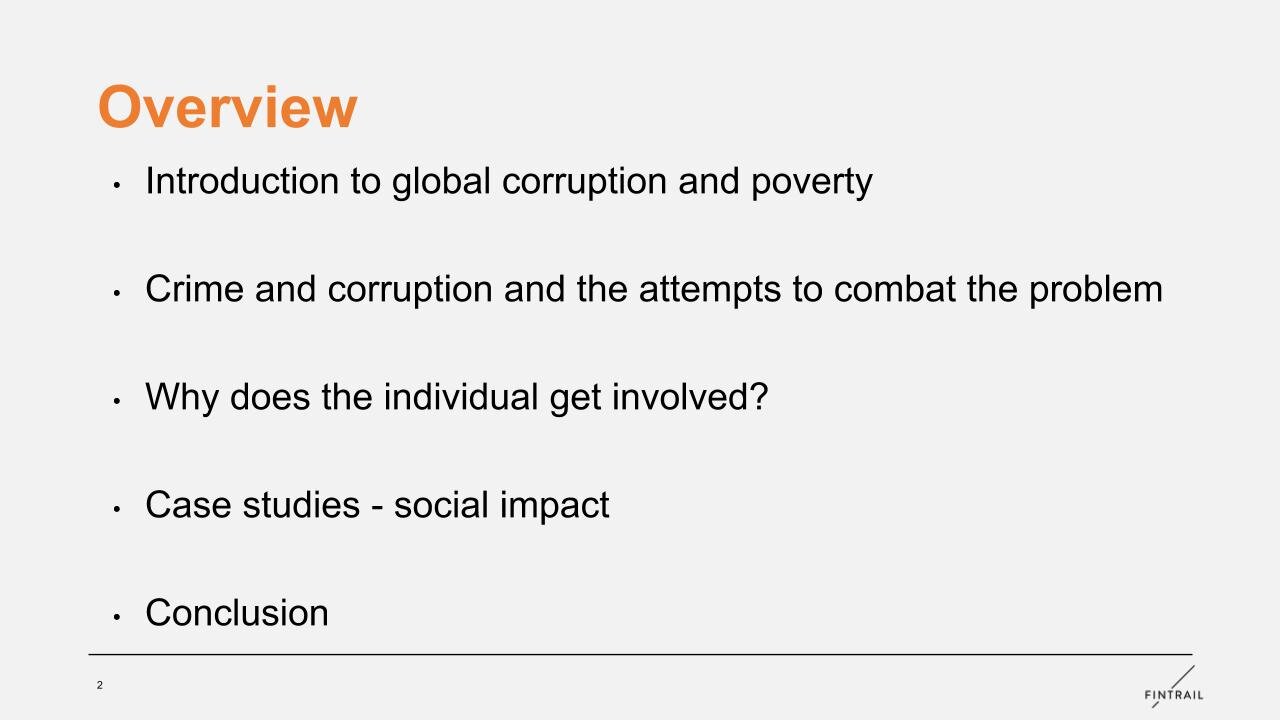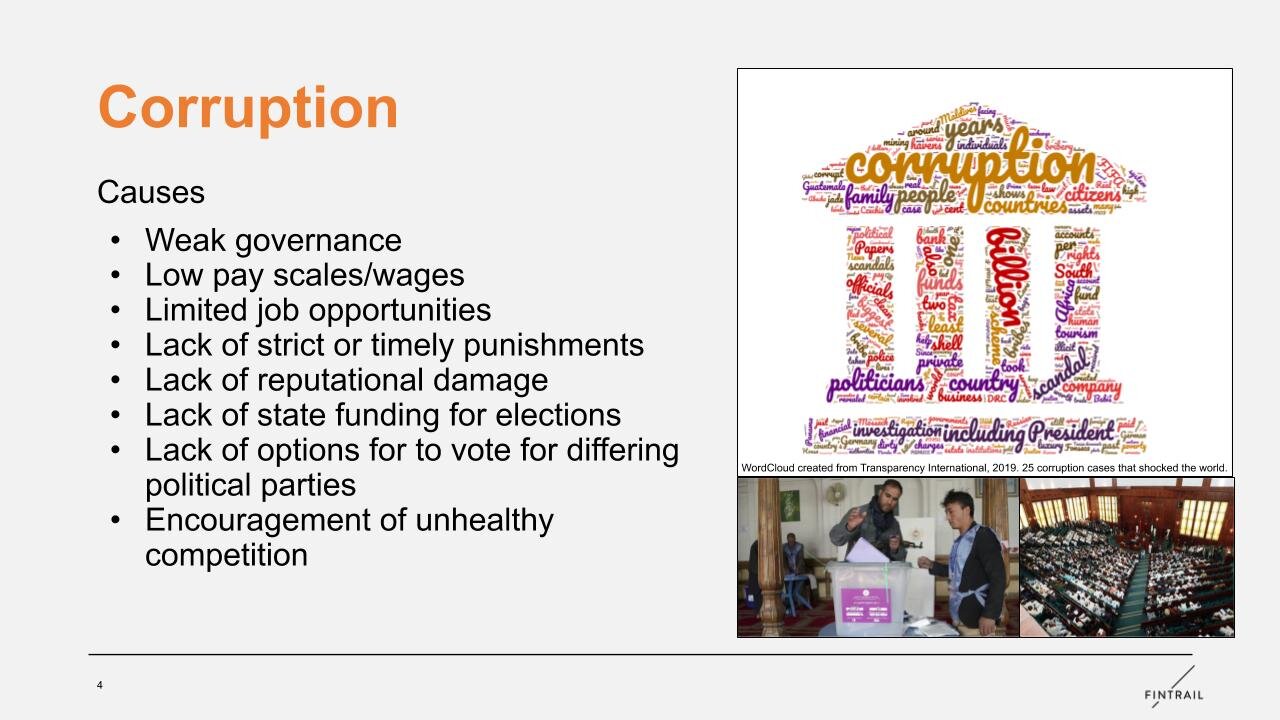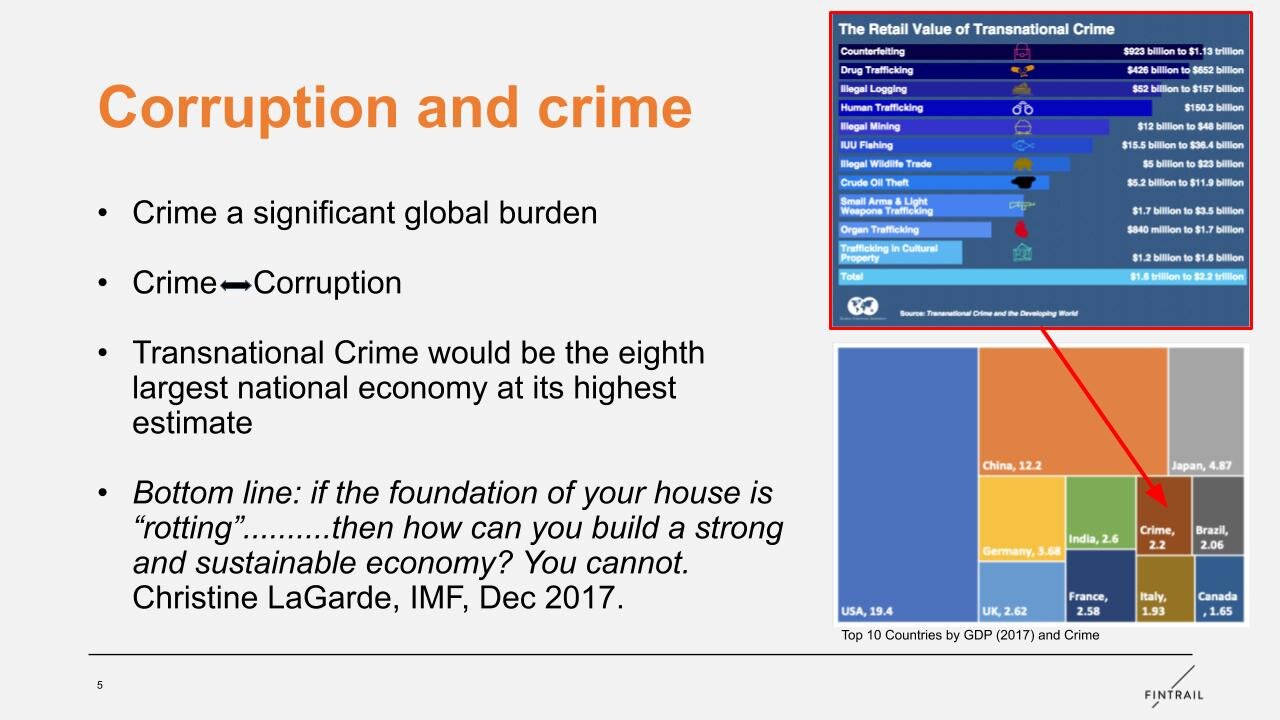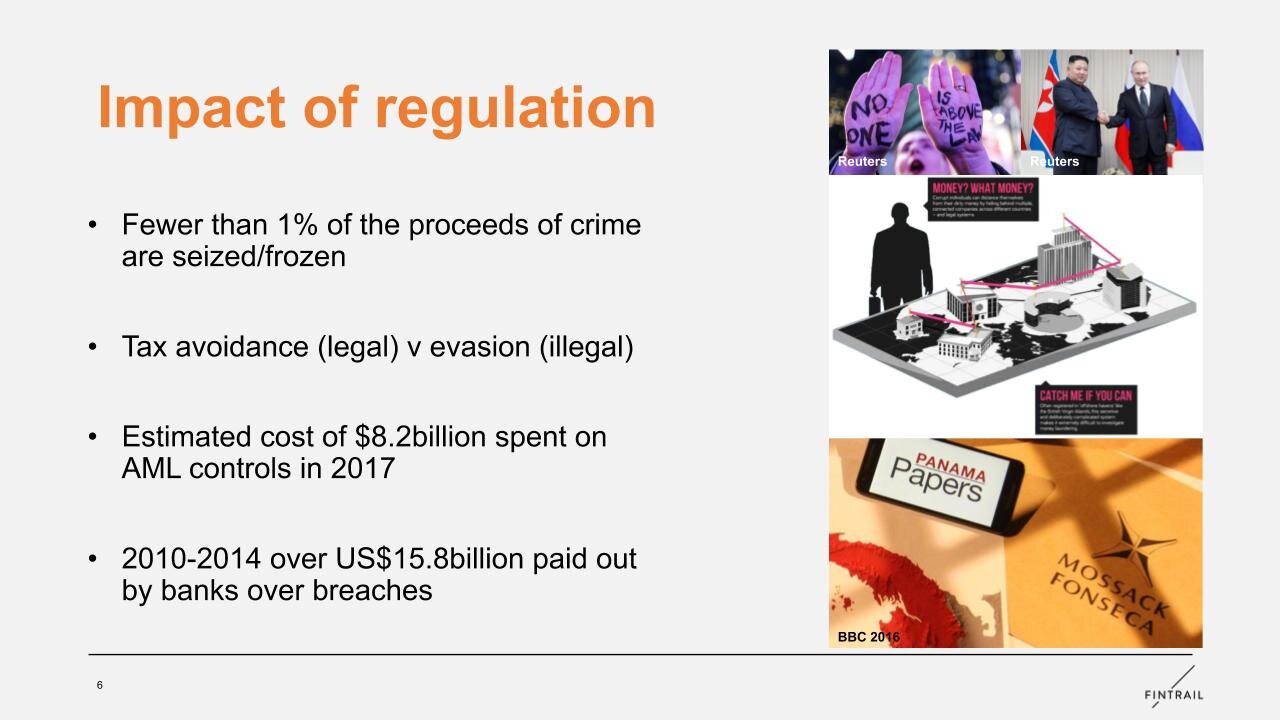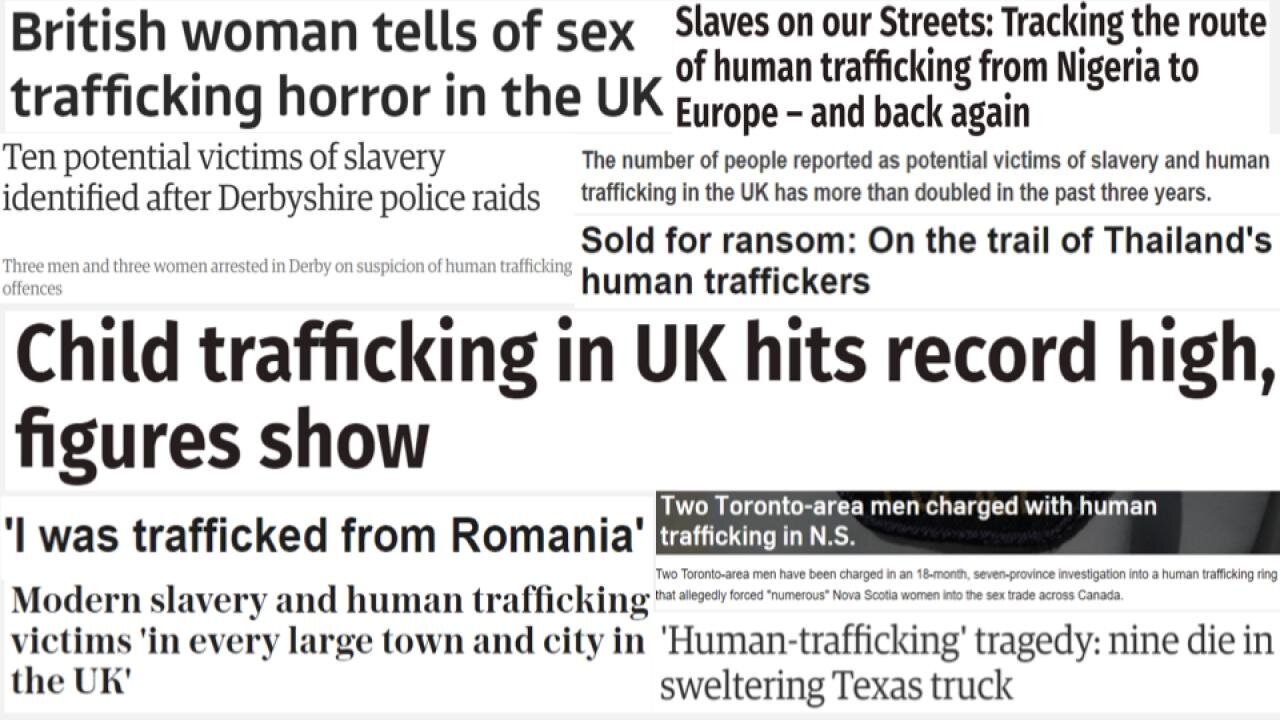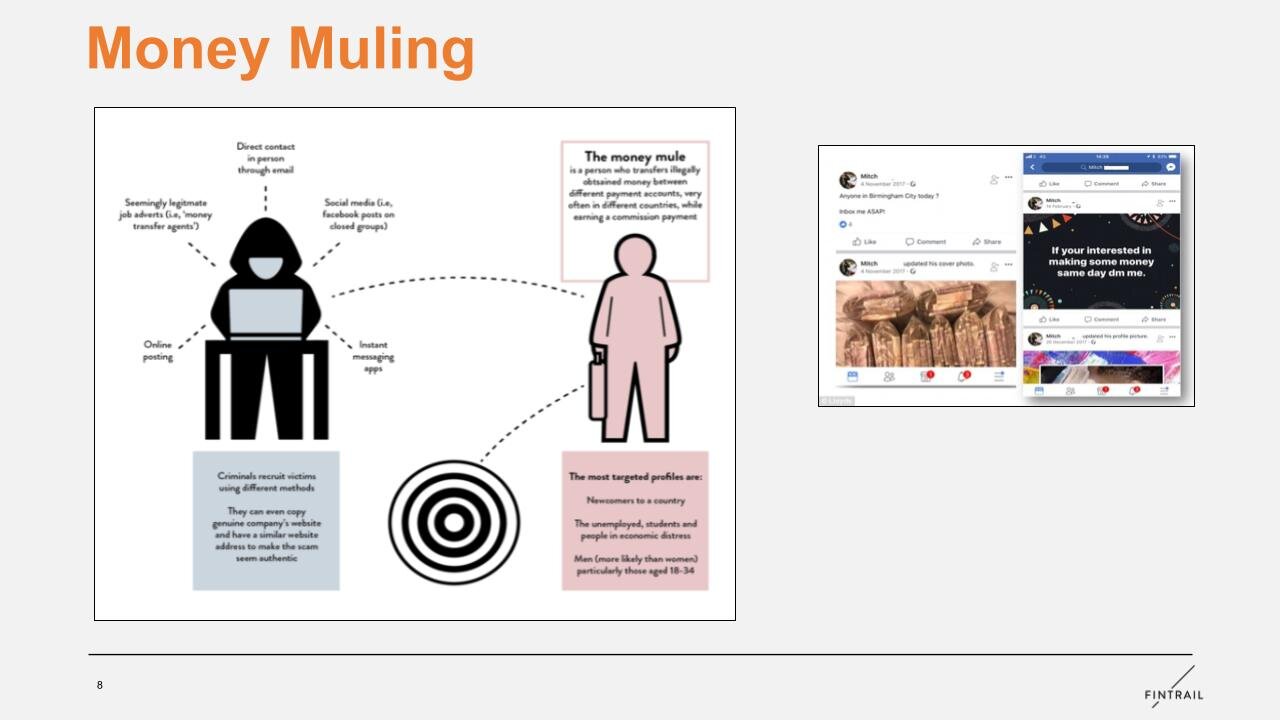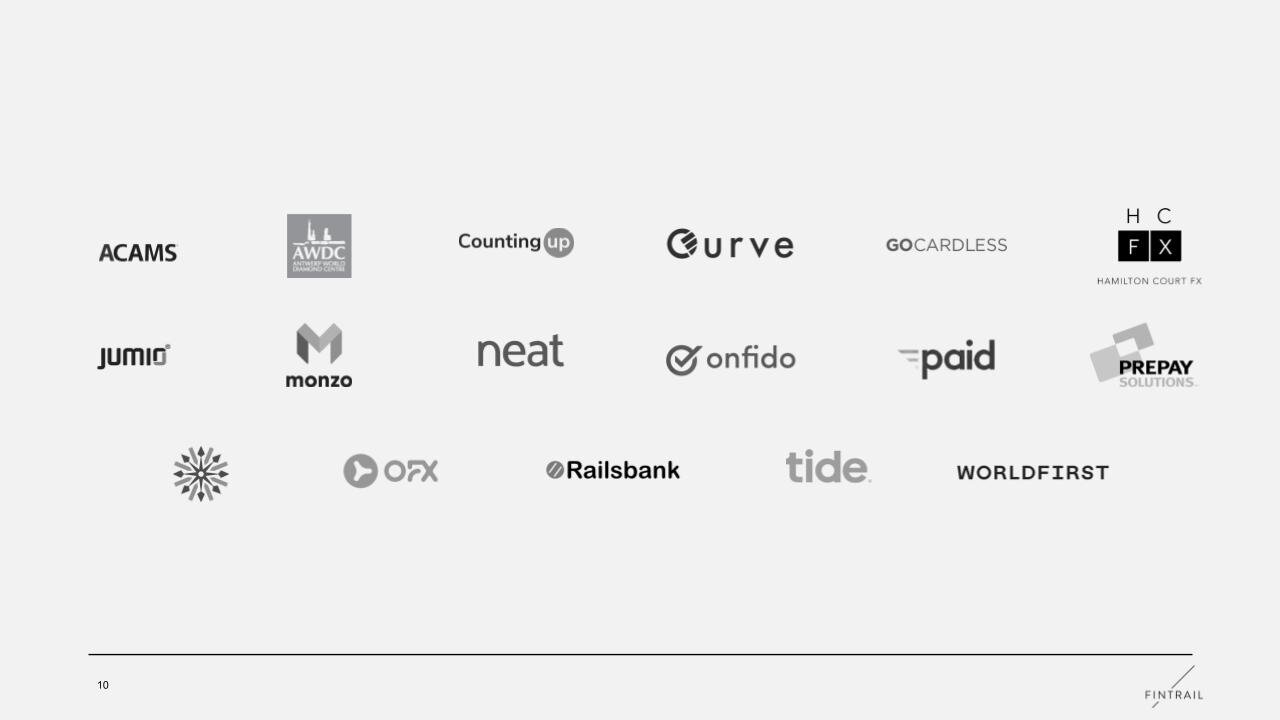*WARNING - Tiger King Spoilers Ahead*
Hey all you cool cats and kittens,
Most people reading this have probably seen or at least heard of the hit Netflix show, Tiger King, with its outstanding viewership of 34.3 million within its first 10 days of release. At first glance, the docuseries looks to focus on the captivity of big cats in the US; however the involvement of Joe Exotic soon pivots the focus to his love-life, rivalry with the owner of a non-profit animal sanctuary, Carole Baskin, and ultimately to the murder-for-hire plot of said sanctuary owner for which Joe Exotic is currently serving 22 years in prison. A $1 million lawsuit with Carole Baskin’s Big Cat Rescue Group is also ongoing.
Whilst watching the captivating series, we at FINTRAIL noticed a reoccuring theme outside of big cats and cowboy boots. Financial crime. Episode after episode, it became evident that owning a roadside zoo in America comes with its own ecosystem of problems and characters, lots of whom have had their fair share of interactions with the law. This gave us an idea - let's set up our own big cat park ourselves! In this blog post we use Tiger King as a reference point, and walk you through how to set up your own zoo step by step, and ensure that the zoo and your activities can stay clear of the law. Of course, this isn’t actually our goal. We’re aiming here to highlight how easy it is to do this, and the grey areas in the current US system. We take a look at:
The ease of obtaining a permit for a roadside zoo, making it a prime target for exploitation
The complex ownership structure hinted at in the Tiger King that could be used to hide beneficial ownership
How the trafficking of big cats can be used as part of a wider money laundering operation
Joe may seem exotic himself but some of the themes and activities highlighted on the show are a sad reality, and are an open door for criminal exploitation.
License to own big cats, but not buy or breed them. But obviously there are ways to get round this...
The first step of this process is to apply for a government permit which will allow you to own a roadside zoo to show off your cats. Luckily, in many states in the US this is easy to do.
If you claim to be displaying the animals as an ‘exhibitor’, you can easily obtain a licence from the United States Department of Agriculture (USDA) for as little as $40. As a criminal looking to exploit any system available for financial gain, this is a prime opportunity to use a cash heavy business to launder profits through:
purchasing exotic animals with funds gained illegally
faking the sale of exotic animals to justify the transfer of funds
inflating the number of visitors to account for the increase of funds on the accounts
inflating construction costs for the park itself
inflating costs of upkeep for the animals and park
When applying, not much is asked about the applicant; as long as you have a social security number, you are eligible to exhibit big cats. Multiple previous convictions? Not a problem. Jeff Lowe and Mario Tabraue had convictions, including jail time, but this did not raise any red flags when submitting their applications. Surely, in a trade such as exotic animals where there are easy ways to make illegal profit, deeper checks into applicants should be crucial. It seems like the USDA just want to check you can pay them, rather than recognising the risk that is created by this lax entry criteria.
Joe who?
Whilst there is nothing illicit or illegal about changing your name, it can make tracing ownership and finding records and media related to a person more difficult than for someone who has had one, or maybe two, registered names. The first thing to note about Joe Exotic is the multitude of names which he goes by. In court documents he is often referenced by upwards of five different names. Joe has been married three times, and has changed his name each time, sometimes making a double-barrelled name. He also has his ‘stage name’ of Joe Exotic, which he uses in everyday life. Information such as previous names, or aliases that an individual goes by can be crucial when assessing what risk an individual may pose. For example, adverse media checks conducted on only one of Joe’s many names may yield very different results compared to a search on a different alias.
Old zoo, new zoo
When trying to hide assets, or even evade taxes, you may consider shutting down an existing business, and opening a completely new and fresh one. All the assets of the old business can be moved to the new business, however they are now under a separate legal entity, and in the case of tax evasion that business is unlikely to have any taxable profits.
In legal records from the case between Joe Exotic and Big Cat Rescue, we found some interesting narration around the creation of a ‘new zoo’, and dissolution of the ‘old zoo’. The G.W. Exotic Animal Memorial Foundation, referenced as the ‘old zoo’, was created in 1999 by Joe Exotic and his parents, Shirley and Francis Schreibvogel. Shortly after the lawsuit in 2013 involving Carole Baskin and the $1 million judgement, a request was made to the Oklahoma Secretary of State by John Finlay (the old zoo’s vice president/director, and Joe Exotic’s husband at the time), to request a reservation of the name “The Garold Wayne Interactive Zoological Foundation", and a day later The Garold Wayne Interactive Zoological Foundation (‘new zoo’) was incorporated. The incorporation of the new zoo was paid for using the funds of the old zoo, the old zoo was then dissolved, and within this dissolution assets including vendor accounts and the gift shop inventory were transferred to the new zoo. However, the new zoo did not assume any of the old zoo’s liabilities.
On paper, the two companies are different. Different names, possibly different ownership/management hierarchy structures - however it is clear to see that these two companies are intended to do the same thing, benefit the same parties, and ultimately have been created to hide, disguise, and try to put assets out of reach. This is an age old trick, and not one unique to the big cat or roadside zoo industry. As a result, law enforcement and the courts are well aware of this tactic. The court case recognised the new company was just being used as a vehicle to move and hide assets, and ordered the newly created Garold Wayne Interactive Zoological Foundation to also be held accountable for the $1million judgement in the lawsuit. If you are trying to hide your assets, it would be wise not to try this while in the middle of a court case when you are already under scrutiny of the courts.
Keeping it in the family, and under the radar
Ultimate beneficial ownership (UBO) is a hot topic at the moment, particularly in the UK, where it is a legal requirement for all companies to disclose their ultimate owners to the corporate registrar. However in the US the landscape is wildly different. No state currently requires a company to declare the UBO, meaning it is easy to disguise the true beneficiary of a company. There is even talk at the moment within the US of relaxing the rules further in light of COVID-19
Complex ownership structures can be exploited to hide assets, and conceal individuals’ investments and involvements in business ventures. Joe Exotic made use of this tactic, and is even heard within the docuseries saying proudly to the camera, “Look around! I don’t own anything!” When we had a look at some of the court documents surrounding the Tiger King, Joe was indeed right. He didn’t appear to own any assets at the zoo, or the zoo itself.
As mentioned in the previous section, the original GW Zoo was founded in 1999 by Joe, under his original name of Joe Schreibvogel, and his parents Shirley and Francis. It is quite clear from the show that the zoo is Joe’s, legally or otherwise; he makes all the decisions and it is his responsibility to run it day to day.
The Big Cat Rescue Group settlement agreement outlined the continued involvement of Shirley in the zoo’s finances, without her having much actual involvement in the zoo itself. On paper, Shirley was the landowner and leased the land to the GW Zoo; however the settlement stated that these were not ‘arm’s length’ leases, and instead were used to transfer funds and assets to Shirley, so that they would remain out of reach of the ongoing lawsuit against GW Zoo/Joe Exotic.
The settlement also states the ownership status of many vehicles and trailers within the zoo, and surprise surprise, they are all owned or leased by Shirley. Once again, this is a ploy to move all of the assets out of Joe’s name, and therefore supposedly out of reach of the court case.
Lions and tigers and bears, oh my!
Arguably the most important aspect of establishing a zoo is the animals.
You may think that getting hold of exotic animals would be difficult, but in many states it is simpler to purchase a tiger than to adopt a puppy. The Endangered Species Act of 1973 makes it illegal to sell endangered wildlife interstate or through foreign commerce in the course of a commercial activity. However you can be exempt from this Act if you are a USDA licensee, which is relatively easy as shown at the beginning of this piece, or an accredited sanctuary.
If we look at how Joe Exotic accumulated more than 200 tigers within GW Zoo, this was primarily done through breeding at the zoo. To care for a tiger, the food cost alone is between $7,500 and $10,000 per year, therefore Joe was not able to keep the whole litter and would sell the cubs. With the price of a large cat ranging anywhere from $900 for a bobcat to $7500 for a tiger cub, you can see why this is an attractive business and why Joe Exotic sold 168 tigers between 2010 and 2018 (the below map shows the far-reaching transfers of tigers from GW Zoo). Before 2016, there were fewer restrictions on the sale of captive-bred tigers as they were not considered important to conservationists and therefore could be freely traded, making it easier to trade across state lines.




































